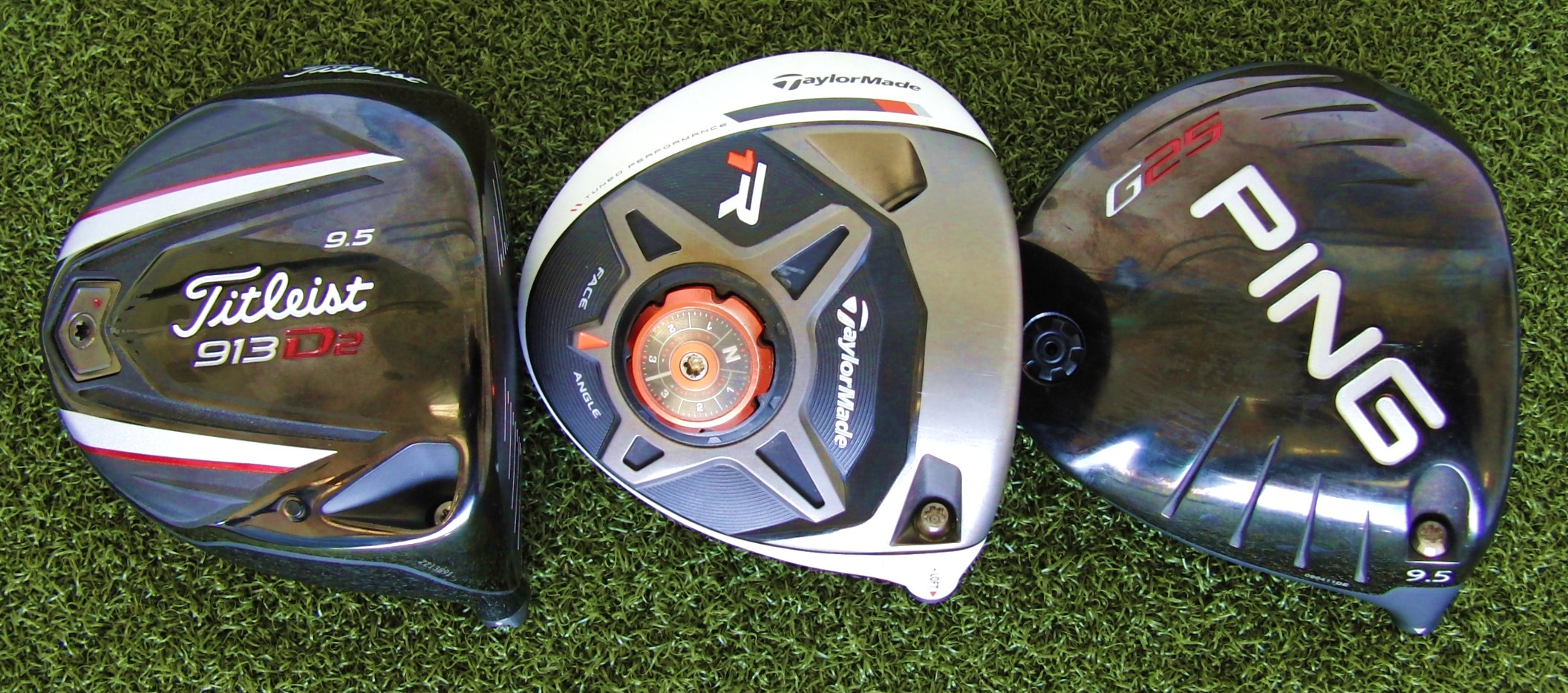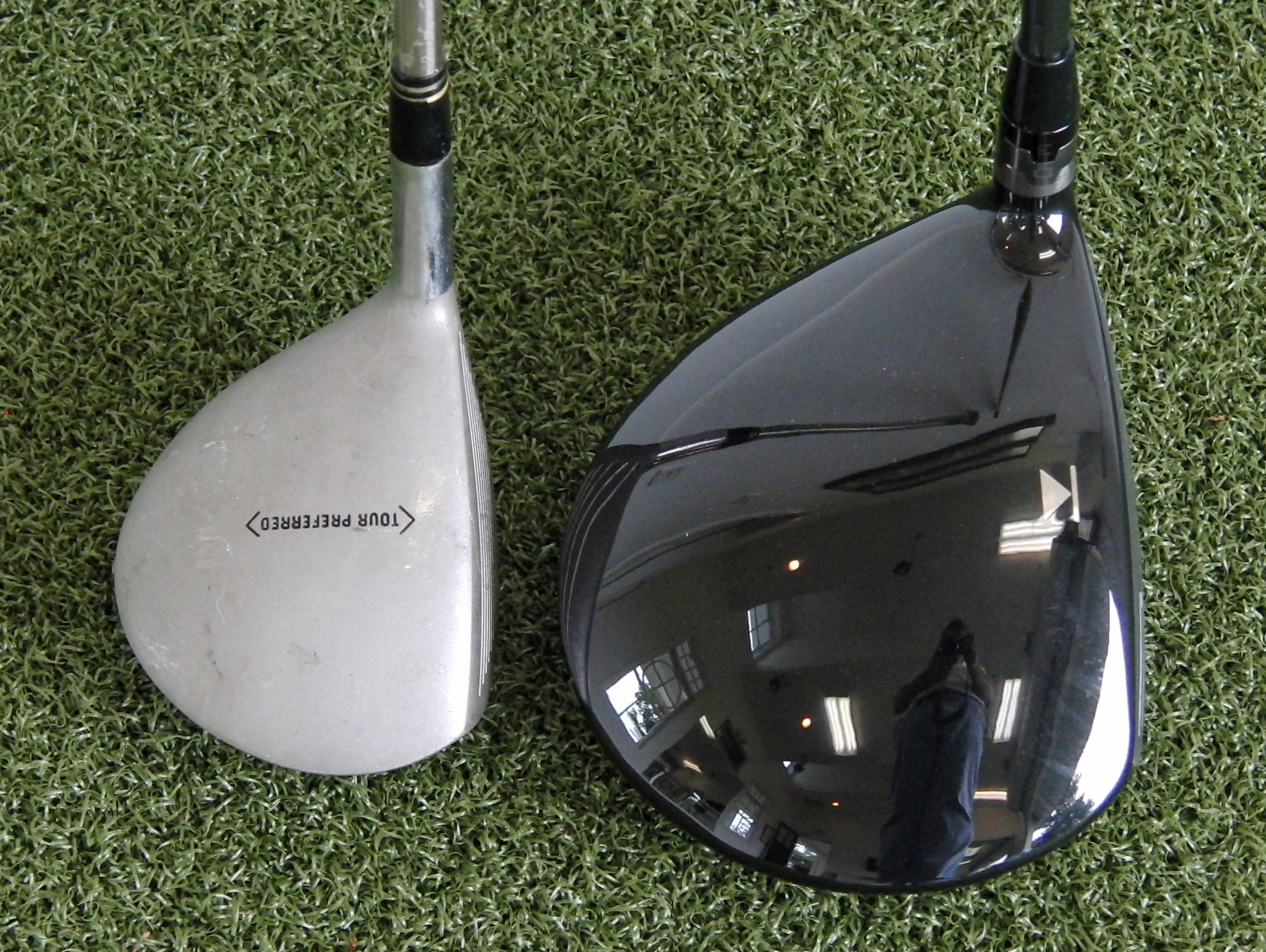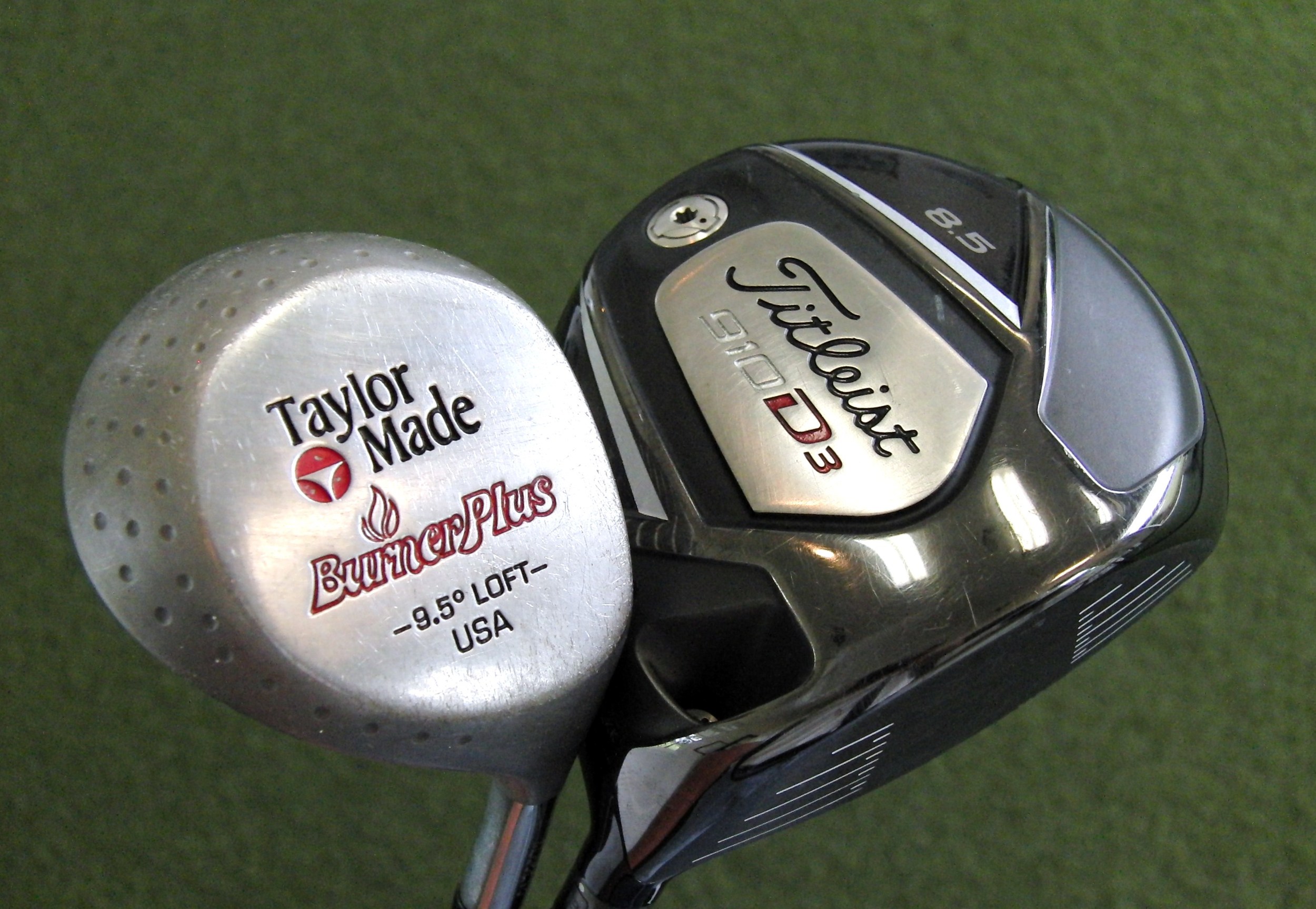Collision!
/Few golfers are aware of what really happens when a clubhead collides with a golf ball at high speed, not to mention how much an off-center collision can effect the flight of the ball. My hope is that this article and the accompanying video footage will give each of you a much better understanding of the importance of solid contact. I would encourage you to watch the following PGATour.com video a few times...
As you can see a strike away from the center of gravity of the clubhead will lead to twisting of the clubhead. While most of the twisting occurs after impact, a portion of it does occur during the impact interval. It is this twisting during impact that leads to gear effect which can greatly alter the flight of a shot.
An off-center collision will twist the clubface in any direction.
A hit high on the face will tilt the face upward and reduce the amount of spin on the ball, while a low strike point will deloft the face and increase spin rate. A strike towards the toe will open the clubface and increase draw or reduce fade and a strike towards the heel will close the face and increase fade or reduce draw. Interestingly, the clubface will tilt vertically (top/bottom) almost as much as it will horizontally (toe/heel).
There are seven shots in the video and if each of them had a neutral club face and club path during impact, the results of each shot due to gear effect would have been as follows:
Shot 1 - A strike above the "equator" of the clubface and slightly towards the toe. Ideal if you would like to hit high launching, low spinning, draws that go a long way.
Shot 2 - A more pronounced high, toe side strike. This strike point is too far from aligning with the center of gravity of the clubhead to be beneficial. This flight due to gear effect would have been fairly high launching, low spinning and would not have faded as much as it might have appeared.
Shot 3 - Another extreme high, toe side strike along with a heavy descending blow - not good. High and right, but a fairly straight flight.
Shot 4 - A severely off-center hit where the collision is with a very low portion of the face and in the heel. Believe it or not this ball gets airborne and will almost always be an unimpressive high spinning, low fade with very little distance.
Shot 5 - Charley Hoffman: I have seen numerous clips of high speed driver footage like this and I don't think I have ever seen one where I cannot detect any twisting at all. A slight downward attack angle. Appears to be very close to a perfect center of gravity strike - a truly rare event! Very straight.
Shot 6 - Matt Kuchar: A neutral attack angle along with a high, toe side strike. High launch, lower spin and a slight draw - boom!
Shot 7 - Luke Donald: About as solid as Charley Hoffman's shot, but the interesting thing about this clip is the attack angle - quite severely down. Solid and straight, but not optimal for maximum distance.
It is interesting to note that today's larger clubheads will resist twisting due to having a higher moment of inertia. MOI is a measure of a body’s resistance to angular acceleration or twisting. MOI really comes into play when the ball and the clubface meet someplace other than the sweet spot. The MOI of a club is higher for heel/toe mishits than it is for high/low mishits and therefore tends to be more forgiving on heel/toe mishits. However, golfers tend to mishit a shot further towards the heel/toe than they do high/low so the clubheads' resistance to twisting tends to even out.
Please know that physics is not selective and any golfer, pro or amateur, can hit any shot solidly or severely off-center. Also - no golfer can "stabilize" the clubface during or after impact due to an off-center strike.
This article shows you which part of the clubface is best.
I love this video footage and from here on out it will be required viewing for all my long term and golf school students. Would love to hear your thoughts....



















